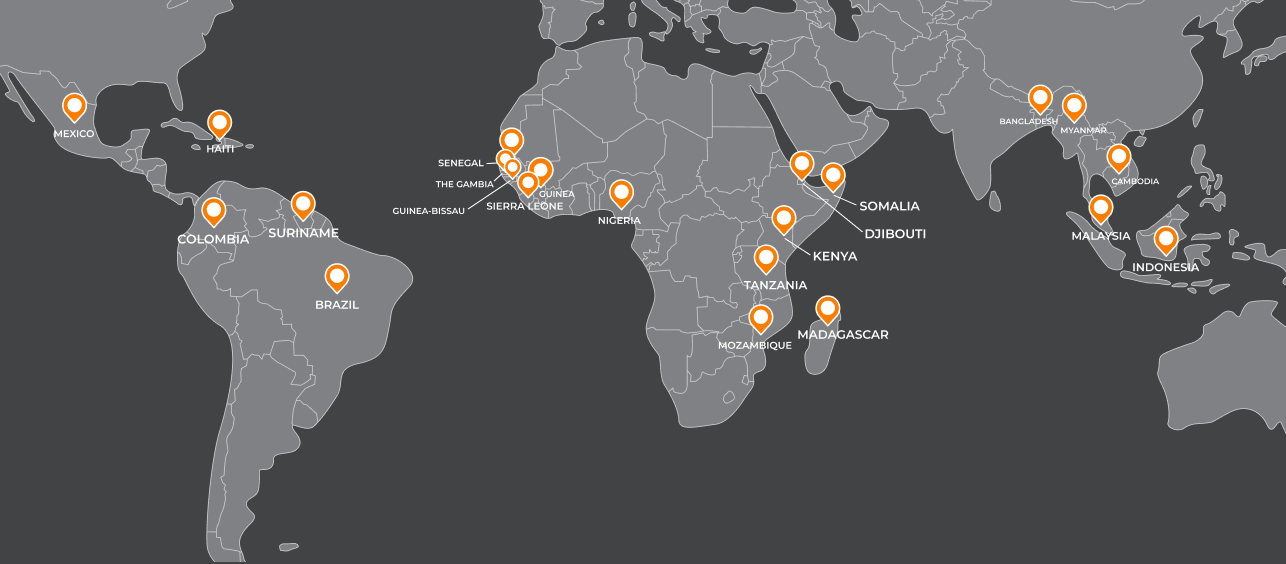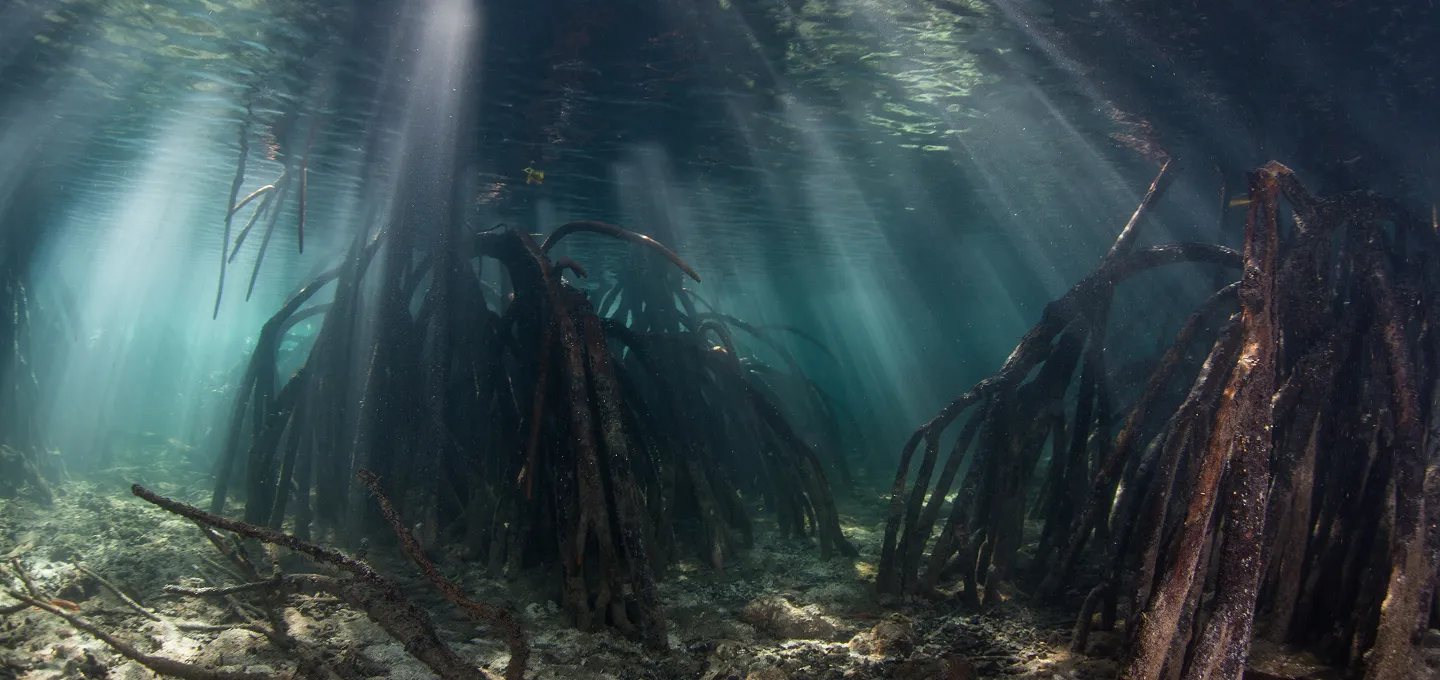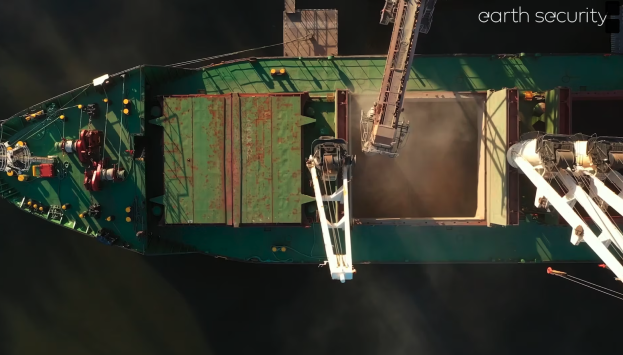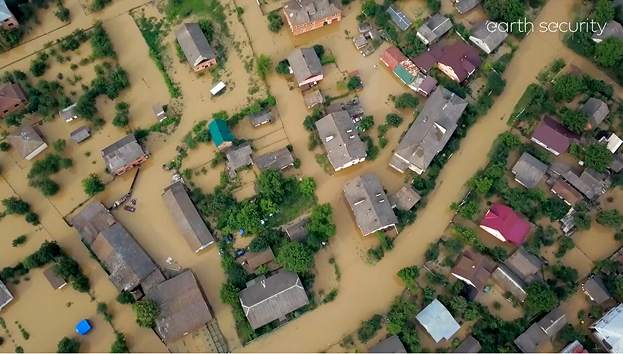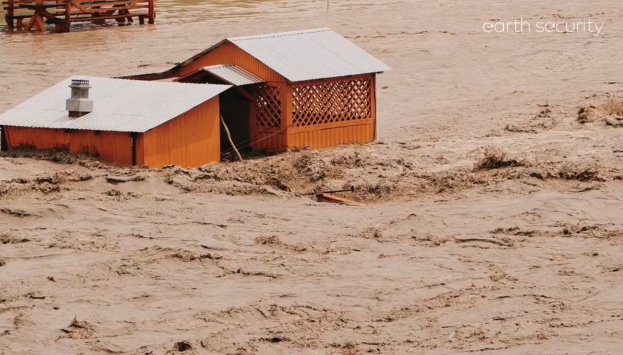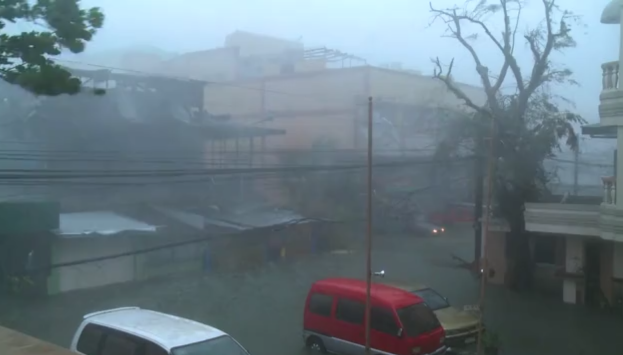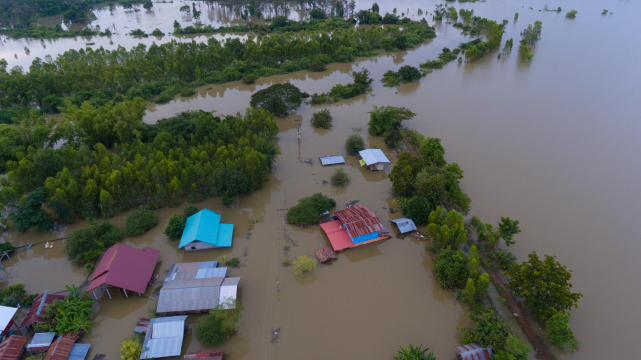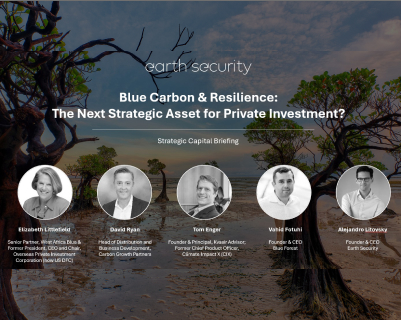This article was written by Christopher Walker at IPE Real Assets.
January/February 2023.
Climate risk and infrastructure: time to play catch-up
Infrastructure investors are potentially even further behind their real estate counterparts in addressing physical climate risk, writes Christopher Walker
“Physical climate risk has yet to come to the top of most people’s agendas,” says Minesh Mashru, global head of infrastructure investing at Cambridge Associates. “[It] is not usually the key factor at present in making infrastructure investment decisions.”
There is good reason to worry about this, according to Jags Walia, head of global listed infrastructure at Kempen Van Lanschot. “The very factor which attracts us to investment in infrastructure – namely, that it is built to last forever, offering returns and cashflow visibility over several decades – becomes a concern when it comes to considering physical climate risk.
“Over the longer term, it is likely that the material physical risk will become greater. And obviously you also have the issue of physical presence in just one location. Infrastructure is rarely something you can just move somewhere else.”
But Mashru cautions: “When it comes to predicting future weather patterns, I believe no one has a crystal ball and all we can do is judge on the existing historical data to build forecasts. We certainly need data over a long period, rather than to assume a climate incident is part of a new dynamic.”
Richard Marshall, head of infrastructure research at DWS, sees it differently. “Even here in northwest Europe we have seen significant climatic events just in the last couple of years. Significant flood events happening in the UK and Germany and extremes of temperature even in the UK and the Nordics. All of these events put a strain on infrastructure in these locations.
“Of course, it is important to establish whether these are one-off events or a trend but, in my opinion, all the evidence is pointing to climate change leading to more extreme weather events and infrastructure managers need to have a plan on how to cope with this at the asset level as well as for their portfolios.”
Marshall warns: “There are multiple providers of weather models, but they’re all telling you different things. There is no industry standard on how to utilise weather data, or how to price the business risk to infrastructure. It seems prudent to plan for the worst and hope for the best.”
Walia is more optimistic. “Overall, I think the quality of the data is actually quite good – certainly, compared to trying to estimate a company’s CO₂ emissions. This is particularly so in the US compared to emerging markets.”
And while he admits the data “needs careful handling”, Walia says “there is a danger in assuming that the risk experienced in one location will be the same risk going forwards.”
He continues: “For example, we have done detailed work on hurricane risk which shows that, as the number of category-five storms rises in the future, the states which are exposed becomes a longer list. Hurricanes will reach further inland so, for example, it’s not just Florida and Alabama and Louisiana but also states like Tennessee, Missouri and Arkansas.”
Infrastructure that is dependent on water is a particular problem. “One sector which stands out that we are worried about is the hydro power sector,” says Walia. “Clearly, here the assets are very much located at one place and not something that can be moved. The risk of an asset becoming stranded is very real.”
Alejandro Litovsky, CEO of Earth Security, says: “We are already seeing some impact on hydroelectric power right now from the increasing droughts. For example, the major drought in Brazil this year almost brought the city of Sao Paulo to a grinding halt as the hydroelectric system failed.”
But is not just hydropower. “This is also having an effect on nuclear-power generation, and this summer we saw a significant proportion of French nuclear-power stations being offline,” Walia says. “Lower water levels can be significant.… for any industry that uses water for cooling. We saw this with coal plants in Australia during the recent drought.”
Walia is among the vanguard of managers seeking to incorporate physical climate risk into their consideration. “When I speak to a company, the first thing I ask for is, give me “a map of where your assets are”, he says. The answers can vary. “Some are located in just one point, others, such as railway companies or say toll-roads operators, will have multiple points.” Walia then looks at the main climate risks in that location – fire, flood, and hurricane. He has access to Munich Re data sets used by his real estate colleagues.
Marshall also agrees that physical climate risk must be taken into account. “In terms of where the effect is most important for infrastructure managers, it is likely to be where they are operating networks,” he says. “For example, a major storm that takes out an airport for just one day does not significantly impinge on the value of the asset itself. However, weather-related events that can disrupt networks, whether that is a railway network or an energy network, can have knock-on effects over several days or even weeks. This is much more important from an investment point of view.”
Marshall argues that the market should seek to assess the impact of physical climate change in two broad areas. “Structural adaptation requirements – asking ourselves the question, are rails strong enough, or are bridges high enough – and management adaptation requirements, which seeks to ensure that the assets we own are managed in a way to maximise their resilience.”
The five stages of grief
Fortunately, there are a growing number of solutions for the owners of infrastructure assets which integrate data into the operation of those assets and can lead to better management. For example, the installation of weather monitors in a grid network will provide information on how to cope with extreme temperature changes. “Digitalisation is proceeding apace, providing real-time monitoring of asset performance in the cloud,” says Marshall. “Going forwards, every asset is going to need this to be in place.”
The greater distribution and quality of sensing is vital to making existing infrastructure more resilient. “It is very important for the owners of infrastructure to use software and predictive modelling,” according to Ian Simm, CEO of Impax. “[This] provides investors with clear opportunities in infrastructure.”
There will also be some opportunities from climate change for infrastructure companies themselves, according to Walia. For example, Kempen has identified a large section of track owned by a US rail company where the increased flood risk is urgent. The company is examining whether to raise the entire track or build protective walls around it. “This kind of mitigation infrastructure spend is of course an investment opportunity,” Walia says.
Marshall agrees: “There needs to be significant structural adaptation in the face of physical climate change – assets will need to be built to be more resilient to maintain business continuity. There will also be hard infrastructure utilised to protect against physical risk. There will need to be major sea defences built in places where there is no other option – many major cities are at risk from rising sea levels, such as Amsterdam, Tokyo and London. It is interesting to note what is going on in Jakarta with the development of a huge sea defence plan as well as developing a new capital city.”
Marshall also believes it is important to focus on better adaptation using natural defences. “You can spend billions of euros on hard infrastructure, but there will always be one storm or event in our future of extreme climate change which will surprise us,” he says.
It might make more sense to abandon certain areas of coastal defence and to put in place an ecological alternative, which will also be a much lower cost than building hard infrastructure. “The use of the natural environment itself provides opportunities for investors as more efforts are put into pricing natural capital,” Marshall says.
Litovsky says: “Investors must change their due diligence frameworks when considering a hydroelectric power plant and ask themselves, what is the natural capital input? Where is the water coming from that is so core to my investment? It is crazy this is not already part of the standard due-diligence process. This is low-hanging fruit.”
He believes investors should review the dependency of these assets on the broader green infrastructure. “Sometimes it’s literally best for investors to simply buy the land themselves, take direct control of what really should be considered part of the infrastructure they are investing in,” he says.
Paul Chatterton, founder of Landscape Finance Lab, says: “The emphasis in the future will be on green infrastructure and I believe there will be plenty of opportunities there. If you are building a large motorway, then you must understand the landscape it sits in and contribute to regenerate it.” He expects major infrastructure companies and investors will increasingly look to manage physical climate risk and will want to work with natural capital specialists like Landscape Finance Lab on “building natural solutions”.
There will of course be a cost to adapting physical infrastructure for climate change, but doing nothing could prove costlier. “Investors in infrastructure are making investments over multiple decades and as such resilience must become a crucial part of the due diligence and priced in as one of the most important factors,” says Marshall.
He believes every infrastructure project is going to need to have a much better assessment of these potential costs before it is undertaken. For example, to improve the strength of railway networks, infrastructure operations are having to look at different kinds of steel that can adapt to temperature extremes. The recent rail link to Lhasa in Tibet is a project that needed materials able to cope with huge summer to winter temperature variation and still allow a high-speed link to operate. “These kind of costs need to be baked into the development costs,” Marshall says.
Walia cites an example of successful mitigation in the form of Edison, the supplier of electricity in Florida, which created an “asset-hardening programme”. Its power lines, which are above ground, are being insulated to reduce fire risk when they come down. “One-off spends like this can make a significant difference to the cost-benefit analysis, but unfortunately not all companies have the right mindset,” he says. “I would liken it to the five stages of grieving.
“Unfortunately, there are some companies that are simply in denial, whilst others have moved through the spectrum of understanding and realised that they need to raise capital expenditures significantly to ensure the long-term viability of assets.”
Explore the reports
The Earth Security Index Reports provided in-depth analysis of critical themes across selected industries and market geographies, enabling investors to anticipate and respond to emerging global dynamics. Download and explore the full Earth Security Index reports:






